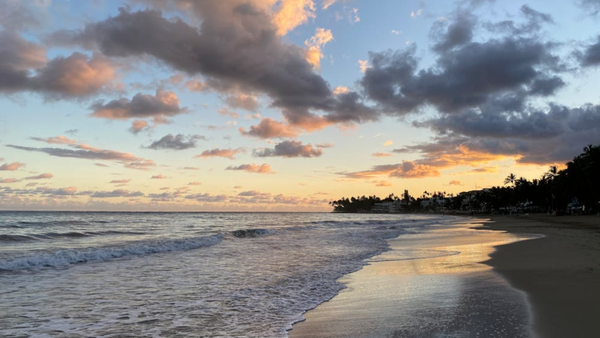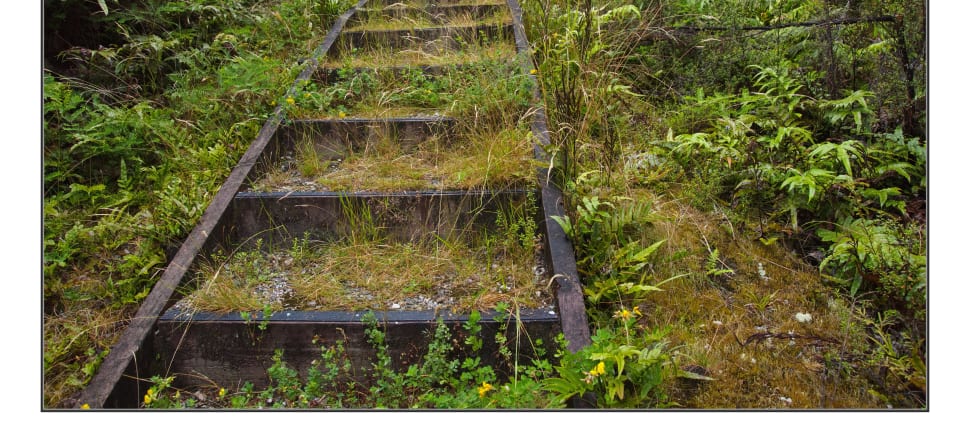
"It's as if DoC's simply given up." Neglected, overgrown and hazardous walking and biking tracks are raising concerns on the West Coast.
Rumblings of discontent are growing over the state of popular walking tracks on the West Coast, and the failure of the Department of Conservation (DoC) to repair and maintain them.
While major tracks like the Paparoa Trail are open and in good nick, some shorter, more accessible walking and biking tracks on conservation land from Buller to South Westland have been closed for more than a year.
DoC’s West Coast territory stretches from Karamea to Haast and the department is responsible for 331 tracks, ranging from short walks through to multi-day options.
It says only seven tracks are currently closed.
But disgruntled locals say many other trails are so neglected they pose risks for the unwary, and the ones that remain closed are among the most important for local economies.
Veteran conservationist Gerry McSweeney, who owns upmarket guest lodges at Arthur's Pass and Lake Moeraki, says some tracks were closed after storm damage in February 2022 and others are not getting the regular work they need.
“The international visitors came back this summer but a lot of wonderful walks and sites and views that we usually recommend were closed to them.”
Two of the most popular walks near his South Westland lodge were closed for months at the peak of the season, McSweeney says.
“The Ship Creek Swamp Forest walk was closed over the peak of the best season in years while DoC waited more than two months for an engineer’s inspection.
“Up in Arthur's Pass the Cockayne nature walk was closed all summer and the DoC tracks around Greymouth have had no attention for so long, it’s as if DoC’s simply given up.”
North of Greymouth, Rapahoe hotelier and mountain biker Steve Roberts says it’s the same story up and down the coast road.
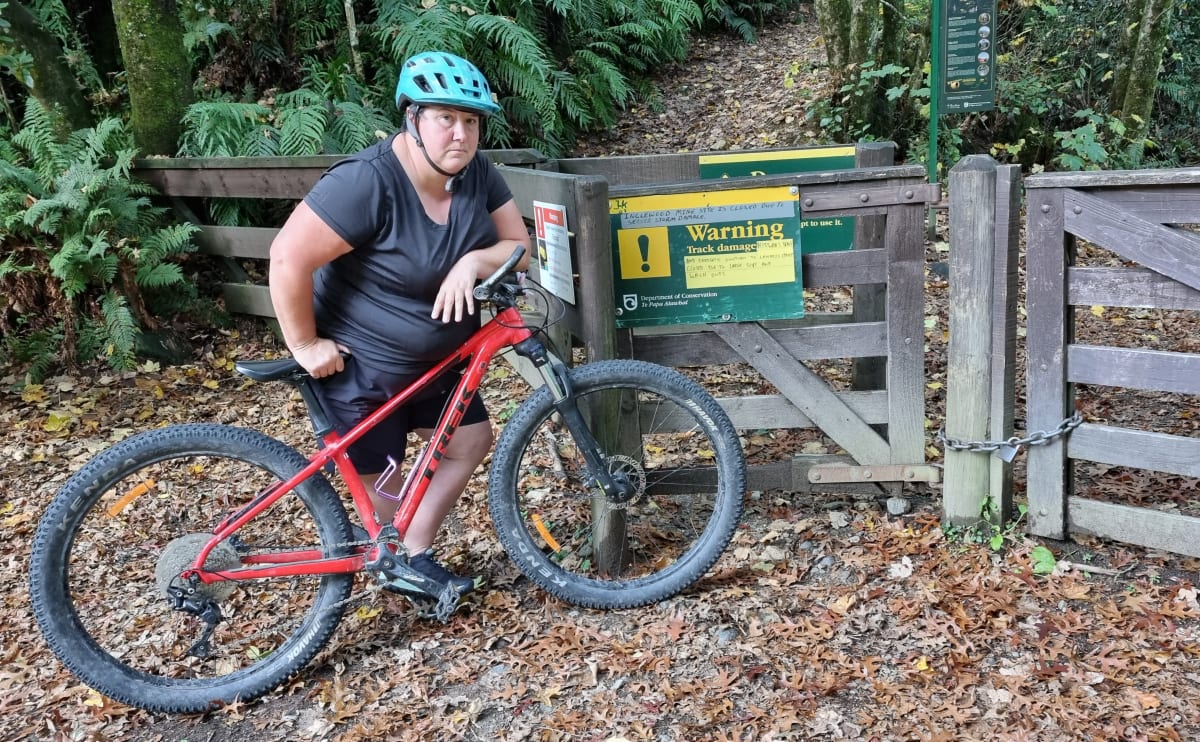
“There’s just a lack of care and maintenance on the tracks. In Buller, Charming Creek is closed at one end and so is Tiropahi Charleston. The Bain Bay walk at Mitchells has had the bridges closed so that one’s also out ... it’s not a good look for the coast, or for DoC."
DoC says the increasingly intense storms of recent seasons – including heavy rain over Waitangi weekend this year – are to blame for much of the damage to tracks around the region.
That’s prompted a rethink of some of the routes, and inevitable delays, according to DoC’s Buller manager Suvi Van Smit.
“It’s prudent for DoC to investigate the likely long-term implications of climate change on tracks and whether we should be looking at rerouting them.”
On the Heaphy Track, for instance, where the February 2022 storm wiped out a crucial suspension bridge, hydrology surveys showed there was little point in simply replacing it.
“Building a longer bridge ... was not an option ... due to engineering limitations. The solution instead is to construct two bridges, one across the Heaphy River at a relatively stable point downstream, and the other across the Lewis River ... and a short section of new track to link the two.”
That project is now out for tender, and a contract should be let before the end of April, with the job completed by mid-October, Van Smit says.
And since the flood, Heaphy Track users have had the option of walking or biking in from either end and turning back, or booking a helicopter lift over the gap.
But at the West Coast end, visitor numbers for Karamea at the West Coast end are down 90 percent for the season.
McSweeney says it’s not just the Great Walks that support local economies.
“For most of the small towns, the short walks are much more beneficial than the big ones like Paparoa, because people stay in town an extra night or two."
Or not – depending on the tracks.
At the Reefton Visitor Centre, where council brochures extol the attractions of local mountain-bike trails, staff field regular calls from groups asking which tracks are open.
And when they learn their favourites are closed – they take their bikes and their dollars elsewhere.
Until a couple of years ago, the small West Coast town with its old mining roads and native forest trails, was becoming something of a weekend Mecca for cyclists from other regions.
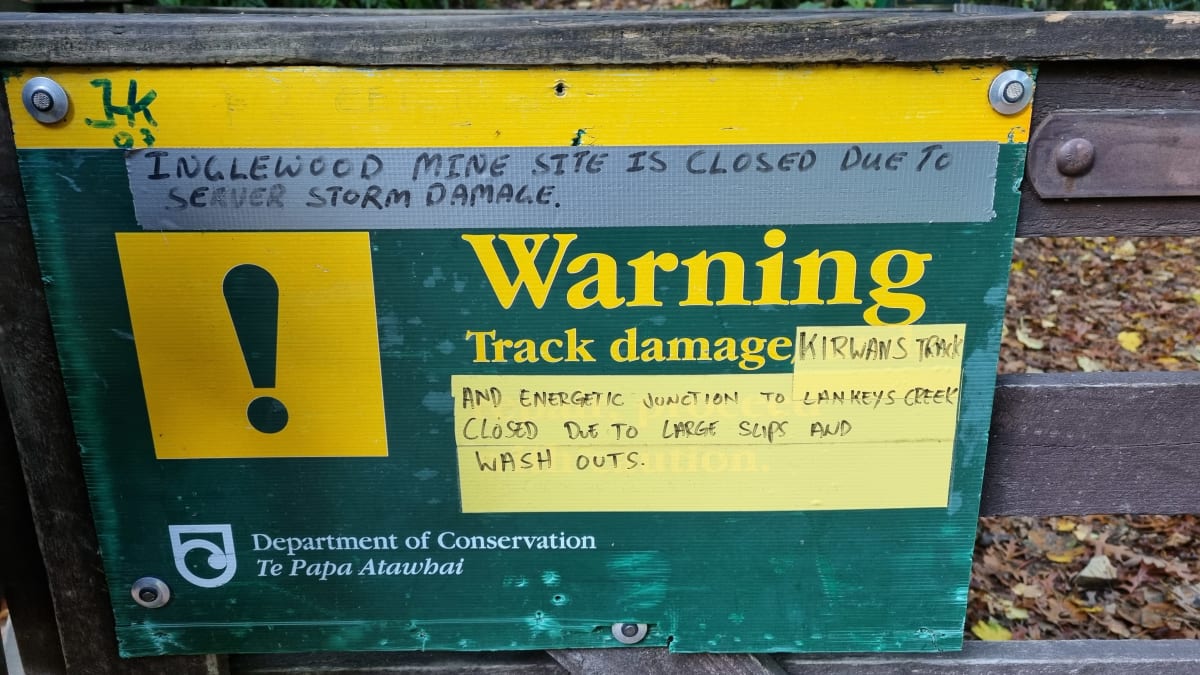
So much so that the Tour Aotearoa cycle brevet donated $50,000 to DoC to build a bridge on one route.
But Jo Newburry, president of the Reefton Mountain Bike Club, says five of the six key tracks people want to ride are reaching the point of being unrideable for the average cyclist, and not because of storm damage.
“The basic maintenance isn’t being done, and has not been done for some time - there are beech saplings five foot tall. The undergrowth is starting to swamp the tracks and the grass has grown over, generally that should be cut back twice a year.”
The overgrown tracks now pose hidden risks for riders, Newburry says.
“There’s one place where a tree has toppled and taken out part of the track but you don’t see the hold till you’re on top of it - you could break your neck if you’re not an expert rider."
But the tracks are still being advertised as suitable for intermediate level bikers, she says.
“When really, they’re only suitable for very experienced riders, but that’s not what DoC’s advertising, that’s not what the Buller District Council’s advertising with its tourism strategy."
Newburry and other track users offered to help DoC maintain their local tracks, as volunteers, she says.
“But DoC turned us down – said that wouldn’t be possible. Then they asked if we’d like to help them maintain the Paparoa Track instead. We couldn’t believe it."
The neglect of the tracks is especially galling for those who laboured over decades to build and maintain them.
Former DoC ranger Lindsay Barrow, who was one of those workers, says years of hard work and millions of dollars went into developing the track network known as the Great Goldfields Journey in Victoria Forest Park.
“You could do a three or four-day tramp from Waiuta to Big River, down to the Inangahua Valley, up Murray Creek to Waitahu, over to Kirwans and down to Boatmans … it was the jewel in the crown really."
DoC also invested in the historic goldtown sites, building huts and even rebuilding old quartz stamping batteries, Barrow says.
“Now with all the tracks closed, who the hell can see them – it's just disheartening. I’m wondering what I worked for, for 40 years,” Barrow says.
Until 2020, DoC had a team of five rangers based in Reefton, running their own works programme.
Now it’s down to just two staff working from a smart new office built just last year – but managed from Greymouth.
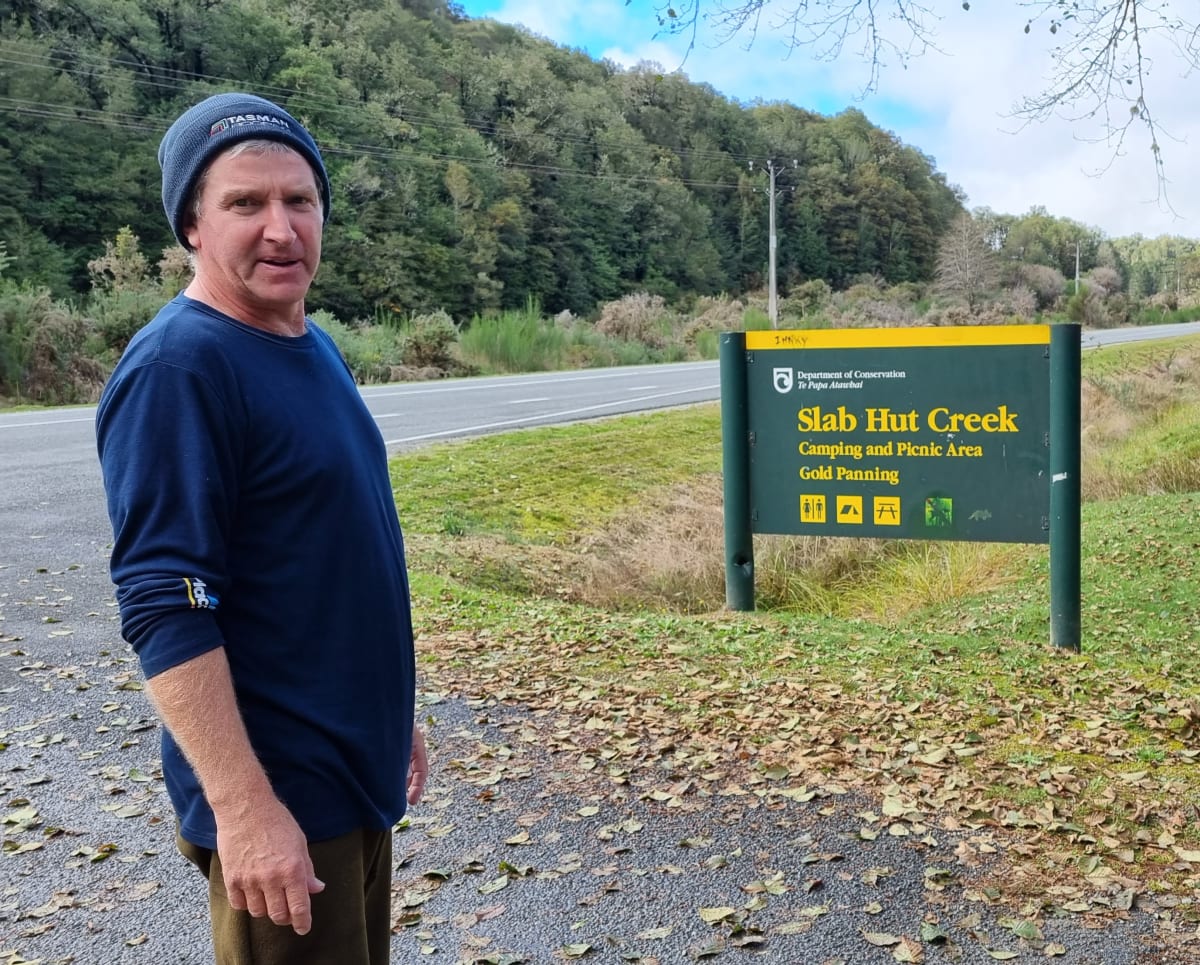
Either DoC no longer knows what needs doing on its tracks – or it knows and doesn’t have the resources to do it, McSweeney suggests.
“Possibly it’s channelling more funds into the Great Walks and Franz Josef; they're still subsidising tourist businesses there through Jobs for Nature – so could those workers not be used to maintain the neglected tracks? They’re presumably fit and strong enough for the work.”
DoC says there is no link between any closed tracks in South Westland, and the government-funded Jobs or Nature – aka South Westland Conservation and Tourism project.
The Franz Josef workers involved have helped to maintain tracks in the district including the Copland Track, and many local walks around the glaciers, it says.
And it’s blaming a delay in heritage reports for the continued closure of two of the popular Reefton tracks.
“On Kirwans and Lankey’s Creek tracks there are remnants of gold and coal-mining activities predating the 1900s.
“As these are heritage-listed sites, before any groundwork can start, an archaeological assessment is done to identify the historic features in the area and their significance."
DoC’s Greymouth operations manager Jess Curtis says that has to be followed by an archaeological authority from Heritage New Zealand.
“These are both quite slow processes … involving site visits and desktop exercises by heritage professionals based in different parts of the country."
The good news for the long-suffering mountain bikers is that DoC now has the all-important heritage approvals and plans to start work on both tracks in the coming months.
Jo Newburry says that’s welcome news – but still doesn’t explain DoC’s lack of routine maintenance in so many areas.
Lindsay Barrow wants answers too.
This week, he checked out one of the DoC camping sites he used to maintain, at Slab Hut Creek.
He immediately spots a hazard that in his day, he says, would have been dealt to long before now.
A family fossicks for gold by a river, opposite a huge beech tree growing in a section of bank badly undercut by the stream.
One day soon, it will topple – with any luck, when there are no holidaymakers in its path.
“They got rid of three of us in the local maintenance team,” Barrow says.
“You wonder where the money’s going. All I know is, this site and those goldfields tracks were pristine; now no one seems to give a monkey’s.”

